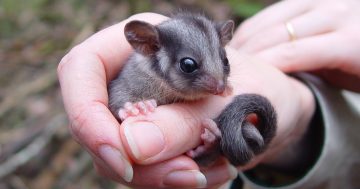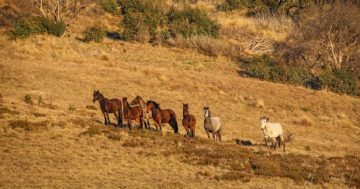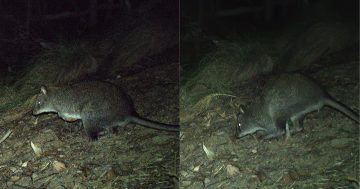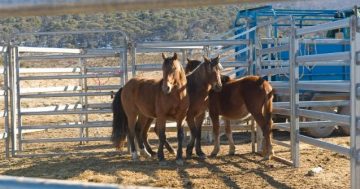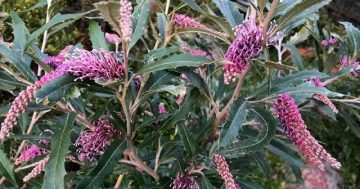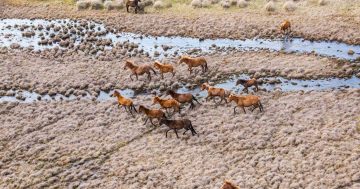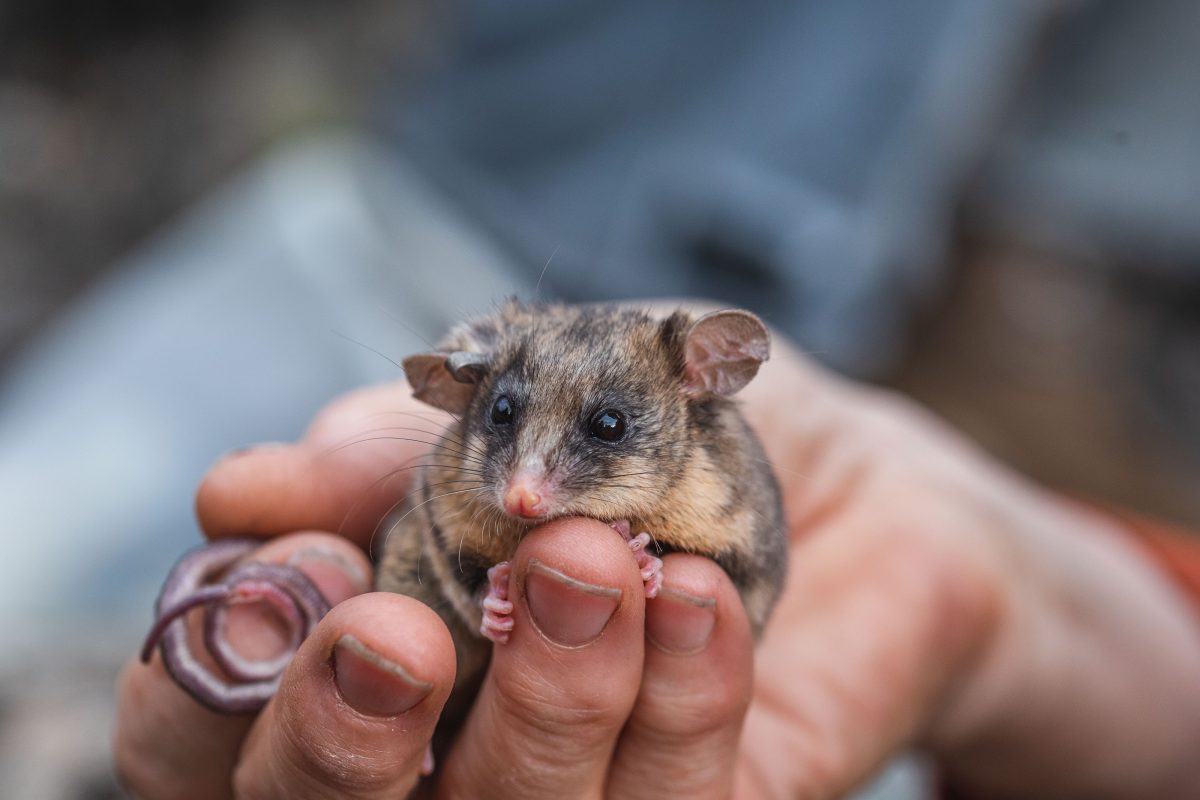
Members of newly recorded possum populations weigh between just 30 and 40 grams. Photo: NSW DCCEEW.
A program to save a tiny marsupial is having a big impact – and it’s in part due to a special recipe.
In Kosciuszko National Park, 107 of the critically endangered mountain pygmy-possum were recently found at a single site – the highest on record.
At the Snow Ridge Hill site, 78 were females, and most had four young in their pouch, which is the maximum number that can be held in a pouch.
They weighed between 30 and 40 grams.
Threatened species officer with the Department of Climate Change, Energy, the Environment and Water (DCCEEW), Doctor Linda Broome, said the conservation efforts were key in protecting the marsupial.
“It is heartening to see mountain pygmy-possum numbers thriving again following the devastation of the 2019-2020 summer bushfires,” she said.
“Their resilience, combined with the dedication of NPWS and SoS [Saving Our Species] teams, has been critical to their survival.”
The count of possums was led by Dr Broome, who has dedicated nearly half her life to fighting for this little marsupial.
Dr Broome was also assisted by NSW National Parks and Wildlife Service (NPWS) staff and volunteers.
“This is a positive step towards restoring the ecological balance in the area,” she said.
“While this is an encouraging milestone, recovery efforts are far from over. We will continue our work to support these possums and strengthen their population, ensuring these iconic marsupials have the best chance of long-term survival.”
Before the 2019-2020 summer bushfires, Kosciuszko National Park had an estimated 1000 possums across two main population areas.
Drought had led to a decline in their main food source – bogong moths – while in 2020, fire decimated their habitat in the north of the park.
This resulted in the population dropping to around 700 animals.
To save the remaining population, Saving Our Species threatened species officers and the NPWS launched an emergency project, targeting the pygmy possums’ stomachs.
They started handing out ‘bogong bickies’ and water at the northern sites.
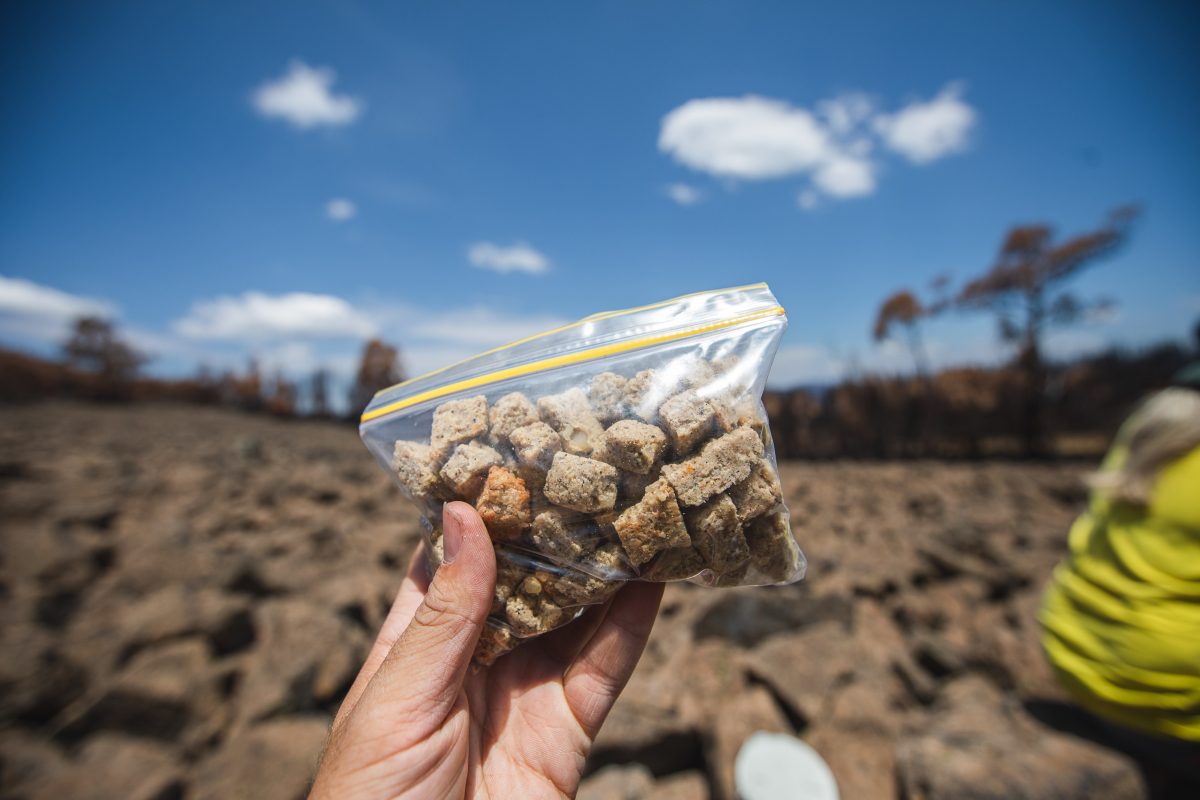
These ‘bogong bickies’ were created to give the possums another food source. Photo: NSW DCCEEW.
The recipe for the biscuit was created by NPWS staff and volunteers, with the assistance of students from schools, including Berridale Public School, Cooma Public School, Adaminaby Public School and Jindabyne Central School in the NSW Snowy Mountains.
Member for Monaro Steve Whan congratulated locals on their efforts to help the marsupial.
“It’s great news that this local, iconic species is bouncing back after the catastrophic fires that affected our community five years ago,” he said.
“The bogong bickies, made by local school students who are passionate about helping to save this species, clearly made a critical contribution to the survival of this species by imitating the nutritional value of this species’ natural food source, the bogong moth. These students should be proud of their significant contribution [in] helping this species survive.”
These feeding efforts have resulted in the record number of possums being trapped and assessed at the Snow Ridge Hill site.
It’s also believed that the population across the two main population sites now comes in at more than 940.
While the results of the latest count are positive, people are being urged to remember the road to recovery for the marsupial is ongoing.
Some unburnt sites in the park’s south showed below-average numbers of female possums, despite good bogong moth numbers.
Skiers and snowboarders can support the conservation efforts in Kosciusko National Park this winter by staying away from the closed habitat at Blue Cow, where numbers are still low.
NSW Minister for the Environment Penny Sharpe welcomed the count results.
“It’s wonderful to see the population of mountain pygmy-possums showing signs of recovery thanks to important conservation work,” she said.
“Thank you to Dr Linda Broome and the National Parks and Wildlife staff and volunteers who are working hard to protect this precious animal found nowhere else in the world.”







